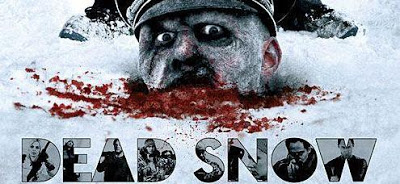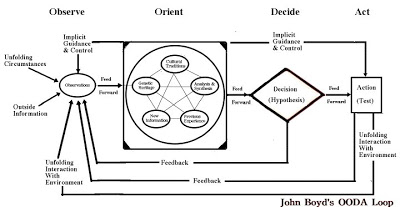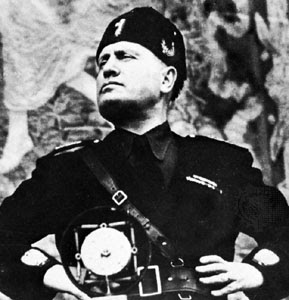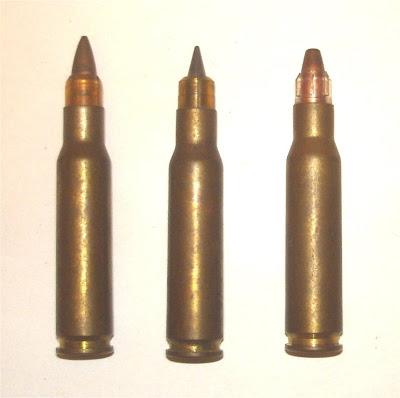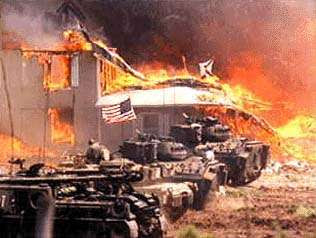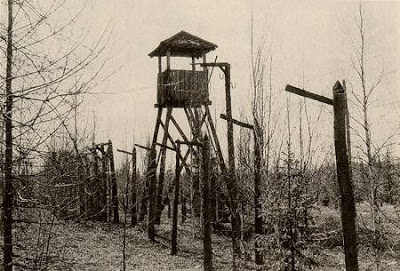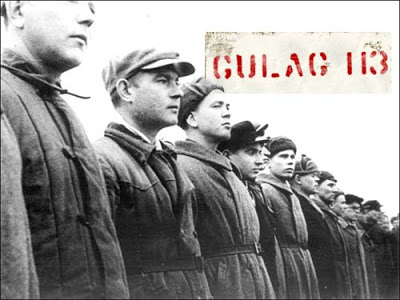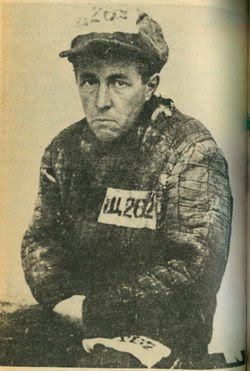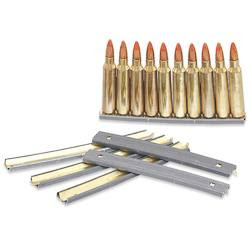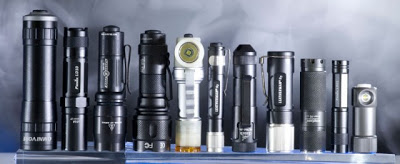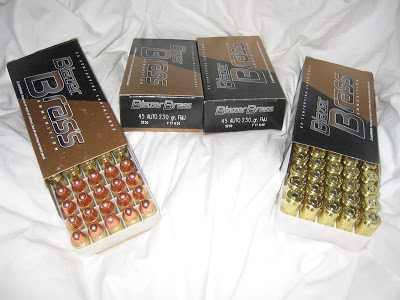Here's three posts at Strategy Page.com.
Vacuumed Packed Comfort.January 29, 2009: Afghanistan is a different kind of war than Iraq , especially for the infantry. For one thing, Afghanistan requires infantry to spend more times out in the country. This requires them to carry their gear in a rucksack. To make the rucksack easier to use, troops use many high tech items of civilian camping gear.
The stuff the military issues is often years behind the latest gadgets available to civilians. So the troops buy the latest items in order to make their lives in the field a bit easier.
One of the more popular items in Afghanistan is the air purge compression sack. This is an airtight bag, for sleeping bags, or other items, with a one way air valve (or, in the latest models, special material that allows the air out, but not in). With these sacks, items can be, well, compressed, so that you are not carrying a lot of bulky (puffed up with air) on your back.
Itch Free In The Mountains Of Afghanistan January 29, 2009: As more U.S. troops head for Afghanistan , those who have already been there have one bit of good news; the new U.S. Army winter clothing (the "Generation III" set) really works. It keeps you warm, even if you are running around in freezing weather and working up a sweat. And it isn't bulky or itchy. It's good stuff.
Five years ago, the U.S. Army has been testing a new Winter clothing ensemble (officially called , generation III of the extended cold-weather system or Gen III ECWCS.) The new wardrobe handles temperatures from minus 50 degrees Fahrenheit to above freezing (45 degrees Fahrenheit, or -45 to 7 degrees Celsius). The wardrobe consists of an interchangeable twelve-piece clothing system that can be worn in layers depending on the weather and the mission. The layers are lightweight and use modern fibers that allow sweat to escape while keeping body heat in. All the clothing is commercially available for Winter sports and activities. The army is making bulk purchases. Only the items likely to be worn on the outside have to be given some kind of camouflage pattern.
The new Gen III ECWCS is actually lighter, and less bulky, than the older Winter clothing (Gen II ECWCS), and doesn't itch, like some of the GEN II stuff did. The GEN III items are also quieter. The older gear tended to "swish" at times, which at night would let the enemy know you were in the area. The GEN III gear consists of two long sleeve undershirts, an outer shirt and thermal pants, a fleece jacket, a water and wind resistant jacket and pants, a waterproof windbreaker, a waterproof cold weather jacket and pants, a neck gaiter, a face mask, and gloves designed to allow easy use of weapons and a cold weather parka and pants. The GEN III gear is lightweight, commercial grade stuff. The army basically went to see what was available for Winter sports (especially camping and mountain climbing), and adapted it to combat use. This meant making sure the clothing was compatible with body armor and other combat equipment troops would have to wear.
The army was following the experience of SOCOM (Special Operations Command), which has a budget for experiments in using civilian gear. SOCOM operators have been using civilian cold weather gear for years. Most troops in Iraq and Afghanistan have been issued the new gear over the past two years, as part of the field testing program. Now everyone will get it.
It actually gets pretty cold and nasty in Iraq during the Winter. Even down south, after the sun goes down in January and February, the temperature often drops to below freezing. Up north, in the mountains, it gets much colder. But in Afghanistan, up in the mountains, it gets bitterly cold, similar to what you encounter in the North American Rocky Mountains, or Korea (where the troops finally got Gen III this Winter, and found the new gear able to withstand bitterly cold Winter weather common to South Korea.)
Why The RPG RulesJanuary 29, 2009: Shoulder fired rockets (like the Russian RPG or U.S. LAW and AT4) are very commonly encountered on the battlefield. That's because these things are cheap and very useful. The Russian designed RPG series is the cheapest, which is why the about 55 percent of these weapons are of the RPG family, but account for only about 45 percent of the money spent to buy them. The more expensive Western models are more effective, but more expensive.
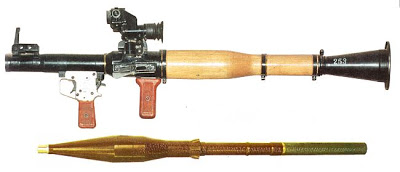
RPG-7
Less wealthy armies the world over, including irregulars, love to use their Russian made RPGs (Rocket Propelled Grenades). The RPG evolved from the World War II "bazooka" type weapons and was introduced by the Russians in 1961. The current RPG 7 weighs about 17 pounds, with most grenades weighing five pounds each. American tanks and M-2 Bradley infantry vehicle (with additional appliqué armor) are mostly invulnerable to RPG fire. During the Iraq fighting, it was common for most of the armored vehicles in a unit to be hit at least once by an RPG round.
The real damage from RPG fire was the fragments from the exploding grenades. Even the anti-tank round (the most common fired by the RPG) would throw out wounding fragments for 10-15 feet. These rarely killed, but troops were often wounded in the arms, legs and face, and often put out of action for a while. But most armies, and irregulars, like the RPG because it is cheap, easy to use and very effective against troops lacking protective vests and helmets. The RPG is also effective against many other armor vehicles. Most RPG anti-tank rounds can penetrate 12-20 inches of ordinary armor. But most modern tanks no longer have ordinary armor, which is why the U.S. M-1 tank and M-2 infantry vehicle can take an RPG hit and keep going.
The RPG launcher costs anywhere from $100-$500 (lots of second hand stuff out there.) The most common RPG ammo is the anti-tank rocket and these go for $50-100 each. Costs add up, however, as you have to fire a dozen or so rounds to develop some accuracy. Unlike the launchers, RPG ammo doesn't get cheap, unless some wealthy nation is flooding an area with it, because the ammo gets used up and the launcher does not. Without much practice, a user can hit a vehicle sized target most of the time at ranges of 50-100 meters. As an operator fires more rounds, he becomes capable of hitting stationary targets at up to 500 meters, and moving targets at 300 meters. It's this last skill that has made the RPG dangerous against helicopters.
Irregulars also like using the RPG as a form of artillery. Get a bunch of RPGs firing at the same area say, a kilometer away, and you will do some damage to any people walking around. The rather more rare (and expensive) anti-personnel RPG rockets will spew out fragments up to 30 feet or more.
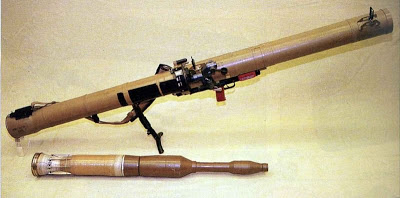
RPG-29
The RPG-29 is the most common recent development of the RPG line. It entered production just before the Soviet Union collapsed in 1991. It is available through legitimate, or black market, arms dealers and is more expensive than the RPG-7 (which is manufactured by many countries.) RPG-29 launchers cost over $500 each, and the rockets go for about $300 each.
With a ten pound launcher firing a 14.7 pound 105mm rocket, the RPG-29 warhead is designed to get past some forms of reactive armor (ERA). The larger weapon (3.3 feet long when carried out, six feet long when ready to fire and 65 percent heavier than the 85mm RPG-7) is more difficult to carry around and fire, but has an effective range of 500 meters. The warhead can also penetrate five feet of reinforced concrete.
Meanwhile, troops in the West had to improvise a bit. After September 11, 2001, the U.S. military revived an “obsolete,” four decade old anti-tank weapon because it was a cheaper, and more portable, way to provide the infantry with some “portable artillery.” This is the LAW (Light Anti-tank Weapon). These 7.7 pound, one-shot (the launcher is disposable) anti-tank rockets were a replacement for the World War II bazooka (similar to the Russian designed RPG). However, by the 1970s, it was obvious that the LAW was not able to kill most modern tanks, and in late 1980s, was replaced by the AT4. However, the heavier (15 pounds), and more expensive AT4 ($2,700 per each disposable launcher and four pound warhead) is also larger (40 inches long and 3.3 inches in diameter.) Since American troops rarely faced enemy tanks, but did frequently need some additional firepower to deal with enemy infantry in bunkers or buildings, the AT4 was seen as a step backwards.
The LAW has several advantages. It is compact (20 inches long, 2.6 inches in diameter), light (7.7 pounds) and cheap (about $2,000 each). It’s 2.2 pound warhead can still knock out light armored vehicles (and unarmored ones as well), but it most often used against enemy troops inside bunkers and buildings. For that job, the U.S. Department of Defense had bought the SMAW (Shoulder-Launched Multipurpose Assault Weapon). This was a 17 pound Israeli design (in response to the RPG). But the SMAW launcher costs $14,000, and each rocket costs more than their RPG equivalents (and are a bit more effective.) Actually, many troops have expressed an interest in just getting the RPG, which has a larger (6 pound) warhead, and is a lot cheaper (the RPG launcher goes for about $500 each, brand new, and the more advanced rockets can be had for under a hundred dollars each). However, the compactness of the LAW, and better accuracy, does make a difference on the battlefield, and is considered worth the cost. The LAW is simple, light, easy-to-use and relatively cheap. It’s hard to improve on that, which is why the LAW is making a comeback. Actually, it never went away in many other armies.
But the king of bargain-basement, but effective, infantry artillery remains the RPG-7.
MBV: I still like rifle grenades.
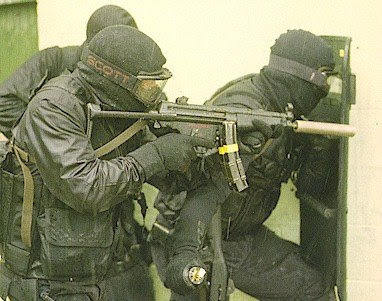 These are Nazi Zombies.
These are Nazi Zombies.